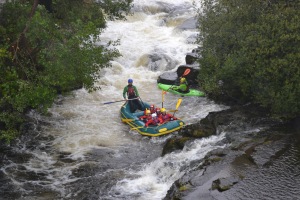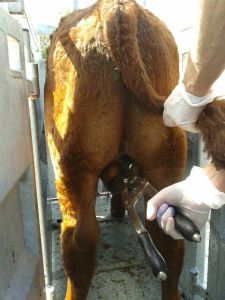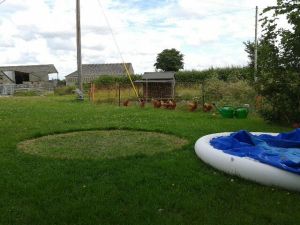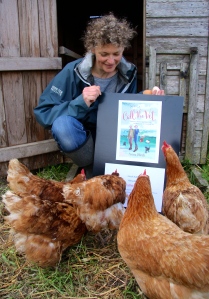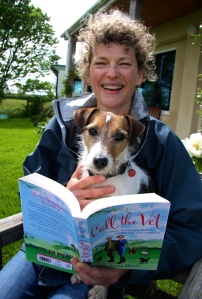One of the best things about my job is the variety. I really cannot predict what will walk, trot or limp through the door. Lately lots of fleas have come hopping into the consult room, hitching a ride. Perusing the list last week the number of ‘itchy dog/scratching cat’ presentations seemed a little repetitive: boring, even. And we have passed the autumn equinox when things traditionally cool off. At this time of year one was often safe to diagnose harvest mites before the furry patient was even standing on the table (see Happy Camping).
But this year the flea season has been long and itchy.
A combination of a mild winter and the lovely long hot summer has helped these wingless creatures keep on multiplying. A single female flea will shed 50 eggs a day. So 90% of the problem is not on your furry friend but in the carpet or car or, yes, in or under your bed. When the eggs fall from Fido’s coat they hatch into larvae, sort-of mini caterpillar-like creatures, and like gremlins they do not like the light and so head deeper into that lovely thick pile or down under the skirting boards or bed. There they feast on flea faeces and dead skin before pupating: something similar but less beautiful than the butterfly scenario. Unless you are a cabbage grower, in which case even butterflies lose their charm.
This stage is very difficult to kill. Even with household sprays and fumigation.
So we have to use our beloved pets as flea magnets: as they pad around the house their vibrating footfall and CO2 emissions encourage the pupae to hatch quickly into young adult fleas. Ready for a blood meal. They hop on board, and hopefully with a decent veterinary product used to protect our pets, the fleas die.
It can take a few weeks to rid the place of the pupated form which can survive two years or more – as you may have read about in Call the Vet when Cauli was so badly bitten.
Top tips:
No1) How to check if your pet has fleas:
Often you will not see the adult insect, especially on cats which can groom out most signs. So look for the flea dirts instead by wetting a piece of white kitchen roll or cotton wool and using a narrow comb (eg nit comb – are you scratching yet?) and combing out the coat and any debris onto the wetness. Any darker debris that dissolves a rust colour is flea faeces – stained from sucking your pet’s blood.
No 2) Don’t forget to treat the car if you have dogs.
No 3) Use a decent veterinary product.
Oh, and you will need to treat for tapeworm too as they can live in the flea.
That is another lovely topic for another time!

